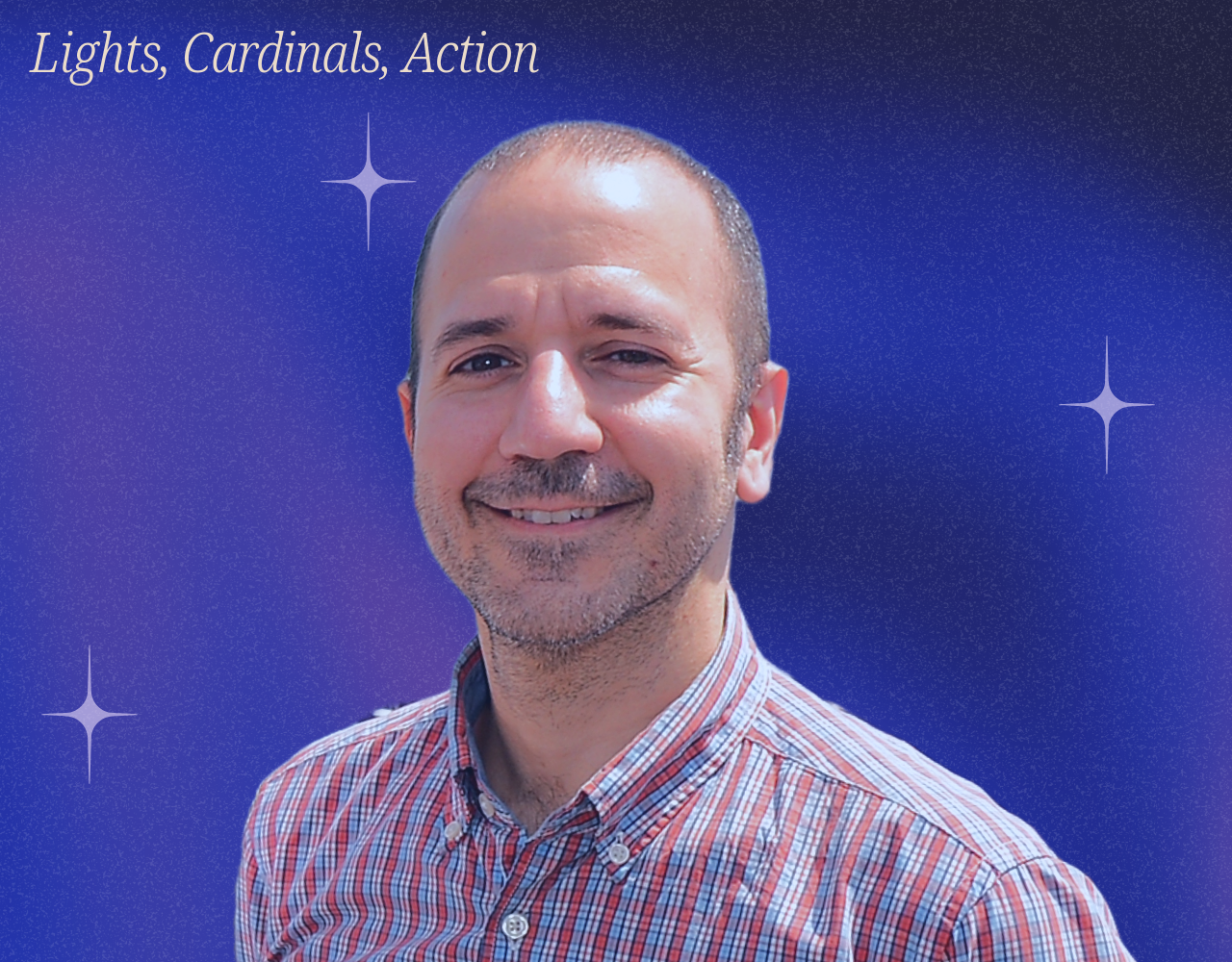Sundance Film Festival, the largest independent film festival in the United States, chooses around 100 feature films to premiere from a pool of thousands each year. Many of them go through the hands of a Stanford alumnus before being selected.
Basil Tsiokos ’95 helps whittle down the films that premiere on those coveted screens in Park City, Utah. A senior programmer for Sundance specializing in documentaries, Tsiokos participates in a lengthy process each year to curate the tasteful palette of feature films that find their first audience at the festival.
The Daily spoke to Tsiokos about how the festival’s competitive selection process works.
This interview has been lightly edited and condensed for clarity.
The Stanford Daily (TSD): What was your journey to becoming a nonfiction programmer for Sundance?
Basil Tsiokos (BT): I took a year off after Stanford and before grad school where I lived in San Francisco and did my own film school. I went to libraries all day and read through cinema studies books.
When I went to grad school for cinema studies, I interned at a queer film festival called NewFest, and I became the director within two years. There was a shift in leadership and finances, so they took a risk on a younger person like me. I thought I would become a professor of film studies, and I got sucked into the film festival world. I just learned everything on the job.
A friend brought me on board to Sundance as a programming consultant where I was a glorified pre-screener, watching nonfiction features to help programmers see what was worthwhile. A couple of years later, after leaving NewFest, I started to work at DOC NYC, which I helped grow into the largest documentary film festival in the U.S. I was there from 2010 until 2021, when I went full-time at Sundance and became senior programmer there.
TSD: What is the process of programming the Sundance Film Festival?
BT: We have a team of about 14 people at Sundance responsible for programming the festival. We all watch everything. It’s a year-round job. People send us films, and we actively seek out projects being talked about. My team focuses on nonfiction, so we will watch and track promising nonfiction, and we’ll elevate some to everyone to watch. We go to events to meet filmmakers and learn about their projects — that may be projects that are ready immediately or pitches that won’t be ready for three, five or 10 years.
How do we program? We are tracking all this information, but ultimately it’s the film. For a nonfiction film in particular, we ask, “Is it trying to tackle a large subject in a way that’s accessible and successful? Is it going to connect with an audience? Do we think that it’s honest and accurate?” Part of it is, “Does the film work for me?”
We’re also looking at putting together a whole program. You want to have a range of programming that can draw in different audiences. That’s why it’s really important for us that we have so many different people weighing in on the films.
TSD: How do you and the other programmers collaborate to curate the program?
BT: I work with a team of five people also focused on nonfiction. A film comes in — either we asked for it, it’s been submitted blind or we’ve been tracking it for years. It would come directly to one of us. Let’s say I watch something. I would say, “This film is promising.” Or I might say, “I didn’t love it, but maybe someone else on the team would.” If enough people think there’s something to the film, we will elevate it to the entire group to watch. Everyone in the group watches it and votes yes, no or maybe. The yes’s tell the group why the film should be included in the festival. Then the maybe’s talk about what their hesitation was. And then the no’s have the chance to say why they don’t think the film belongs in the festival. Ultimately, our festival director and director of programming have the final say on the program.
Last year we received around 4,500 feature films, fiction and nonfiction. There are only 14 of us, so we can’t watch every single one of them. Often a pre-screener will watch a film and give us full coverage, rating it on a one to five scale. We try to have more than one pre-screener look at it. The fours and fives we immediately want to watch.
When we put the final program together, it’s an all-day ordeal for multiple days. We are just arguing passionately about why something belongs in the festival.
TSD: As it gets closer to the festival, how do your duties change? What are you doing in the days leading up to it?
BT: Once we select a film, our team has to figure out how we’ll show it. When does it premiere? What day? When does it get repeated? On the curatorial level, we have to prepare the materials we’re going to send out into the world about these films. We write a curatorial statement of 150 words that explains why we like the film. We also plan who will be on stage with the filmmaker to introduce the film and moderate a Q&A. Some of us are in charge of organizing and running panels. Others are creating opportunities for our filmmakers at the festival to meet with industry. During the festival itself, a lot of what we do is running around between venues, introducing screenings, moderating Q&A’s, hosting filmmakers, helping make sure the filmmakers and industry members are happy. For the programmers, those are kind of the main responsibilities that we have.
